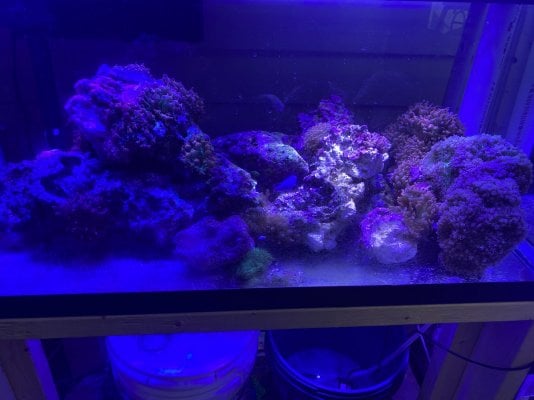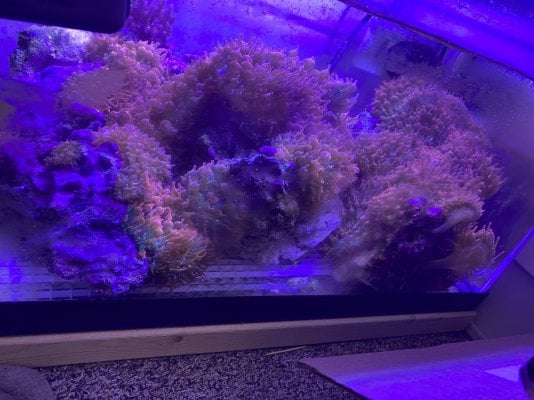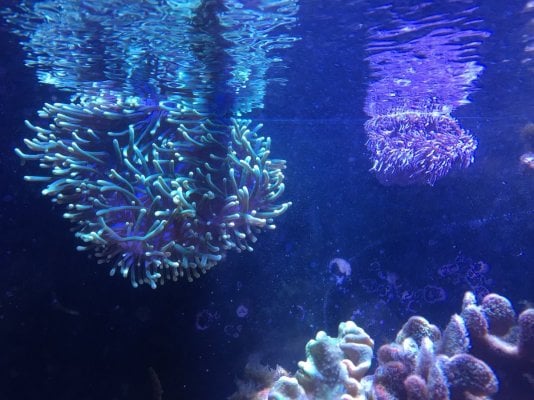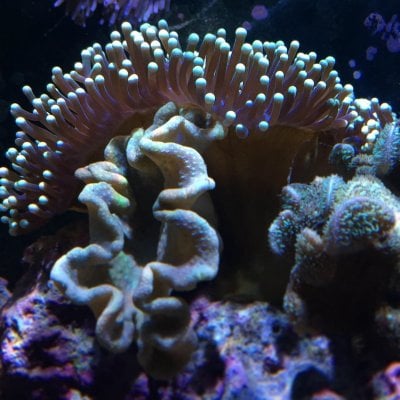Hello - I understand that general consensus is that corals only use blue/red/uv and white light is used for our viewing pleasure. Anemones are not corals and lately I’ve been doing a little experiment on this. My early findings are that anemones (bubble tips in particular) absolutely benefit from white lighting unlike corals. I’ve been running blues/reds on one side of a tank with a few nems, with the same lightning on the other side of a tank with a high white intensity added. Under no whites, I see stressed nems, stressed splits, and general unhappiness. I study these animals often and find this very interesting, and maybe others will as well. I don’t have many anemones in this tank (40 or so) but they absolutely benefit from white light.


Last edited:





















